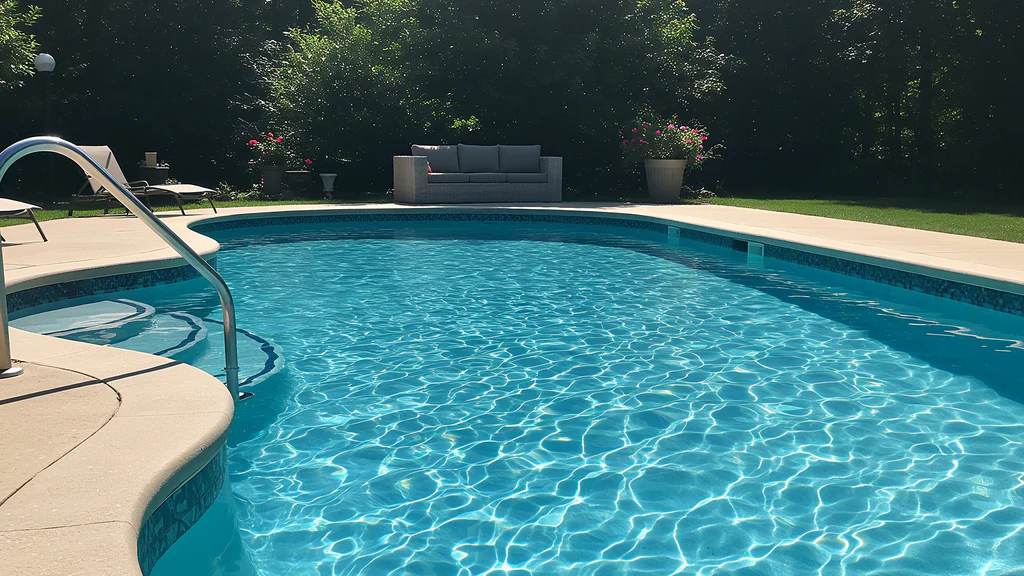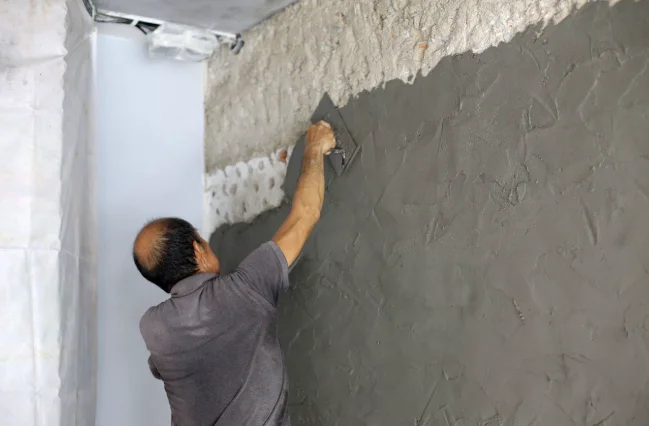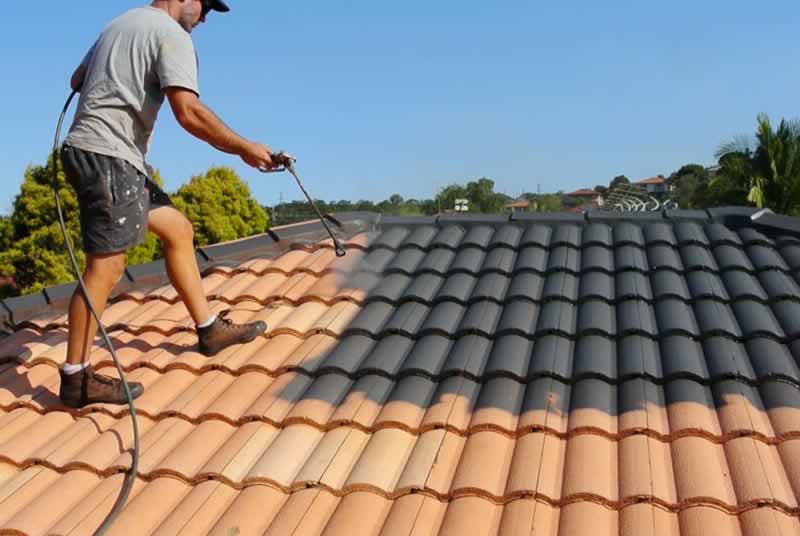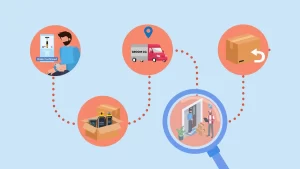How to Prepare Your House for GIB Fixers: A Comprehensive Guide
GIB fixing is an essential step in creating smooth, durable, and aesthetically pleasing walls and ceilings in your home. Whether you are renovating or working on a new build, preparing your home before the GIB fixers arrive ensures the job is completed efficiently and to the highest standard. Proper preparation saves time, minimizes costs, and helps achieve a flawless finish. Here’s a comprehensive guide on how to prepare your house for GIB fixers.
1. Clear the Work Area
The first and most crucial step in preparing your home for GIB fixers is clearing the work area. Remove all furniture, decorations, and personal belongings from the rooms where the work will take place. This step prevents damage to your belongings and provides the fixers with enough space to work efficiently. If moving large furniture is not possible, cover it with protective sheets or plastic wrap to shield it from dust and debris.
2. Ensure Proper Access to the Site
For GIB fixers to complete their work efficiently, they need easy access to the worksite. If your house has narrow hallways, staircases, or doorways, ensure they are free of obstructions. If necessary, remove doors or install temporary ramps to facilitate movement. Additionally, clear the driveway or any outdoor spaces where materials and tools may need to be unloaded. Ensuring smooth access will speed up the installation process.
3. Check for Moisture and Leaks
Moisture can severely affect the adhesion and durability of GIB boards. Before the fixers begin their work, inspect your walls and ceilings for any signs of dampness, water leaks, or mold growth. Common problem areas include bathrooms, kitchens, basements, and spaces near windows and doors. Address any leaks or moisture issues beforehand to prevent compromising the integrity of the GIB boards.
4. Ensure Proper Framing and Structural Readiness
GIB fixers rely on a well-prepared framework to attach the boards securely. Ensure that all timber or metal framing is properly aligned, level, and free from warping. Any loose or damaged studs should be repaired or replaced before the fixers arrive. If additional support is needed for heavy fixtures like TVs, shelves, or cabinets, discuss reinforcement options with the contractors in advance.
5. Install Electrical and Plumbing Work First
If your renovation involves electrical or plumbing work, ensure these installations are completed before GIB fixing begins. Electricians and plumbers should finalize wiring, piping, and outlet placements before the walls are covered. Any necessary conduits or backing for future installations should be in place. Once GIB boards are fixed, making changes to electrical or plumbing systems becomes significantly more challenging.
6. Ventilation and Dust Control Measures
GIB fixing generates dust, which can settle throughout the house if not managed properly. Close off adjacent rooms with plastic sheeting or temporary barriers to prevent dust from spreading. Ensure adequate ventilation by opening windows and using exhaust fans to keep the air clear. If you or your family members have allergies or respiratory issues, consider wearing protective masks and scheduling work when the house is less occupied.
7. Prepare the Surface for Fixing
Before GIB fixing begins, it’s essential to check that all surfaces are clean, dry, and free from debris. Any previous wall coverings, such as wallpaper, should be removed. If the walls have existing plaster or paint, inspect them for cracks or uneven areas that may require sanding or patching before the new boards are installed. A smooth and stable surface ensures optimal adhesion and a flawless finish.
8. Communicate with the GIB Fixers
Effective communication with your GIB fixers ensures that everyone is on the same page regarding the project requirements. Discuss your expectations, timelines, and any specific concerns you may have. If you have preferences for finishes, joint placement, or particular installation methods, make sure these details are clarified before work begins. Clear communication prevents misunderstandings and ensures a smooth workflow.
9. Plan for Waste Disposal
GIB fixing generates waste, including offcuts, broken boards, and packaging materials. Before work starts, arrange for proper waste disposal. Some contractors include cleanup services, but if they don’t, consider hiring a waste removal service or renting a skip bin. Keeping the site clean and organized improves efficiency and prevents hazards during installation. For professional GIB fixing services in Manukau, consider contacting local specialists.
10. Consider Scheduling and Weather Conditions
If you’re planning GIB fixing for an extensive project, consider the timing and weather conditions. High humidity can affect drying times for adhesives and compounds used during the process. If your project is time-sensitive, plan accordingly and discuss the expected completion timeline with the fixers.
Conclusion
Preparing your house for GIB fixers is an essential step in achieving smooth and durable walls and ceilings. By clearing the work area, ensuring structural readiness, managing dust control, and coordinating with your contractors, you can facilitate a seamless installation process. Proper preparation not only saves time and money but also contributes to a high-quality finish that enhances the overall appearance and longevity of your interior spaces.








Post Comment